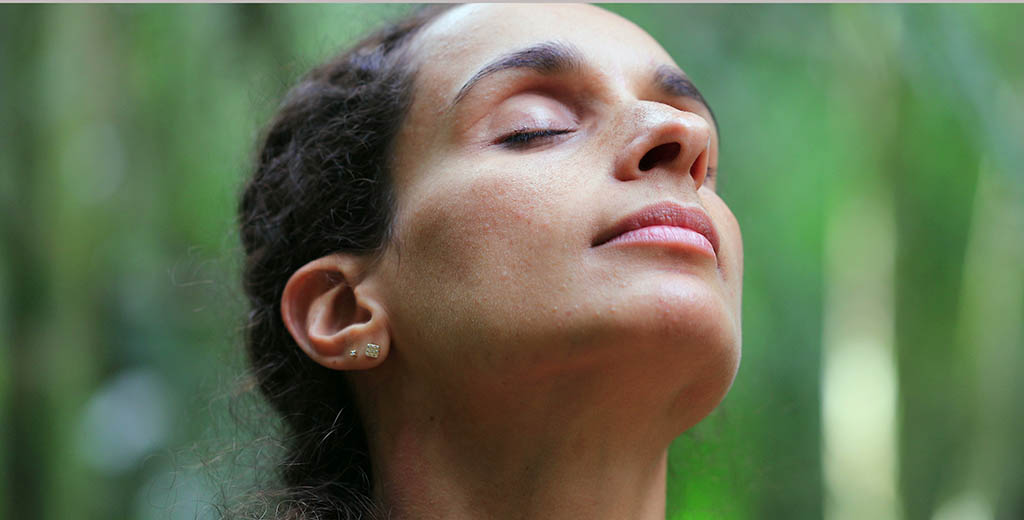Breathing anxiety away
A few minutes of sighing can relax you quickly and keep you feeling better all day long

What’s your go-to way to relieve anxiety? Take a walk? Have a cup of tea? Scream? What about simply taking a breath? Turns out if you do the latter for about five minutes using a technique called cyclic sighing, you’ll likely calm down quickly.
When worry starts, your heart rate speeds, you breathe faster, your muscles tighten, your armpits get sweaty, and you feel restless and fidgety.
“As soon as you notice what’s going on in your body, your brain thinks, ‘Oh no, this must be really bad,’ and you get more anxious,” said David Spiegel, MD, associate chair of psychiatry and behavioral sciences, who co-led a study of cyclic sighing’s effects published Jan. 17 in Cell Reports Medicine. “It’s like a snowball rolling downhill.”
Cyclic sighing stops the momentum. To do it, first inhale through your nose. Next, take a second, deeper breath to fully expand your lungs. Then slowly exhale all the air through your mouth. Spiegel recommends repeating this for about five minutes.
The study’s team, led by Spiegel; neurobiologist Andrew Huberman, PhD; and former Stanford Medicine senior research scientist Melis Yilmaz Balban, PhD, compared cyclic sighing with two other controlled breathing routines, one emphasizing inhalation and another calling for equal inhalation and exhalation, and to mindfulness meditation. Each of the 111 volunteers was asked to perform the assigned exercise for five minutes a day for a month.
Researchers assessed the results through two questionnaires answered before and after the exercises: a standardized measurement of current anxiety levels and a tool that assesses good and bad feelings on a scale from 1 to 5.
All groups reported lower anxiety and a better mood, and the controlled breathing groups reported significantly greater increases in energy, joy and peacefulness, rising an average of 1.91 points above baseline on the “good feelings” scale. Cyclic sighers reported the greatest daily improvements, an effect that increased over time.
Spiegel and Huberman plan to use MRI to study brain activity during the controlled breathing exercises and see if they help people with anxiety or mood disorders.
“We may be able to identify certain kinds of anxiety that respond substantially to this simple treatment,” Spiegel said.
Read more here.
Top image by Marco

